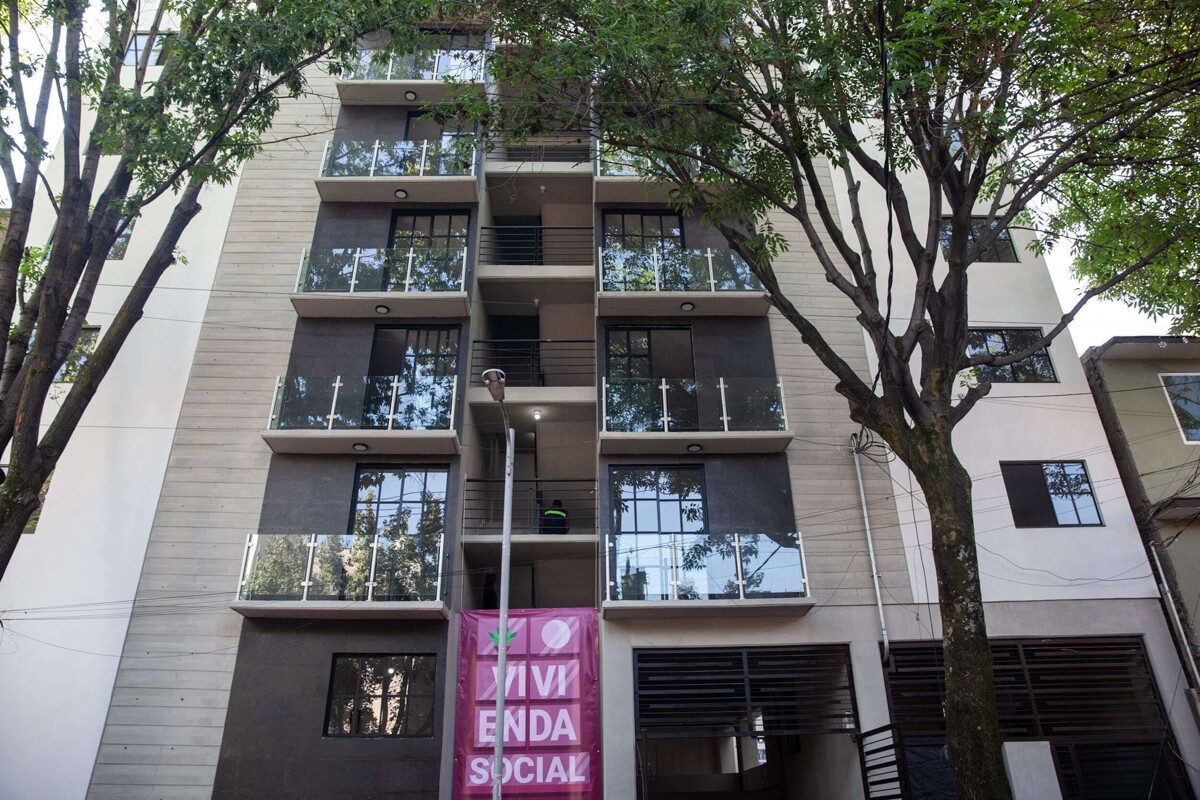
The National Chamber of Development and Promotion of Housing (Canadevi) plans to invest around 500 billion pesos in the construction of new homes across all segments. This was affirmed by Alberto Moreno, president of this organization representing developer companies such as Vinde, Javer, Ara, and HIR Casa, among others.
In a recent interview, Moreno pointed out that they are seeking collaboration and coordination with authorities to expedite construction processes, address the labor shortage, streamline permit procedures, and ensure the availability of land for building. Additionally, they are interested in participating in the government project that proposes the construction of one million homes during the current administration.
"We plan to build about 250,000 houses, a figure similar to that recorded last year. We hope to maintain or even increase this production, especially regarding affordable housing," said Moreno.
On another topic, in light of the possibility that tariffs imposed by the US government could affect the prices of construction materials in Mexico, the president of Canadevi expressed that they do not expect significant increases. Despite this, he indicated that the imposition of tariffs could have repercussions on job losses and, consequently, on housing demand.
Moreno also addressed the situation of the construction industry regarding the lack of skilled labor, mentioning that it has worsened due to a shortage of bricklayers, electricians, plumbers, and drywall installers. He highlighted that in the north of the country, there is a deficit of one million workers. In this context, he pointed out that the mass deportation of Mexican and foreign migrants from the United States could represent an opportunity for the sector, as it could meet the need for more workers in the construction industry, particularly in housing.














